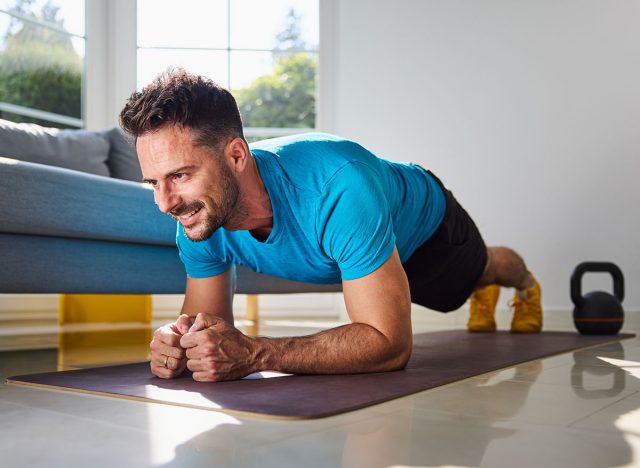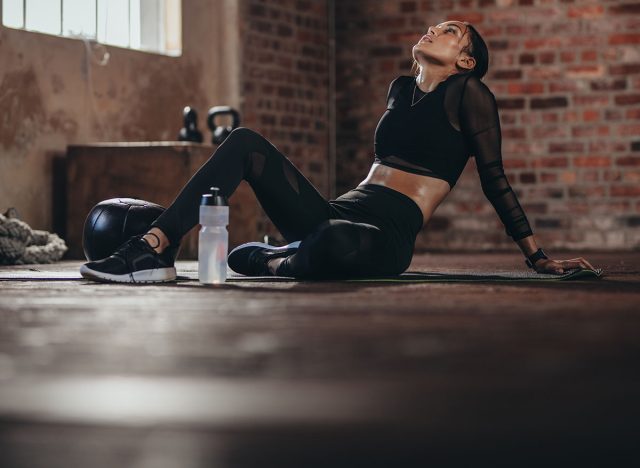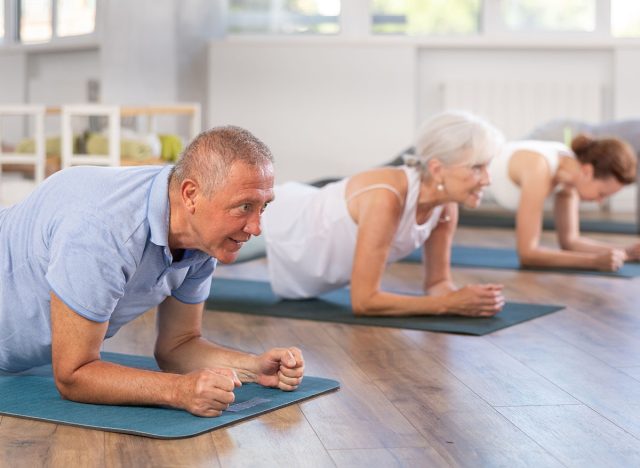Over 45? If You Can Hold a Plank This Long, Your Core Is Stronger Than Most

A strong core keeps you steady, protects your back, and makes every movement easier. For people over 45, core strength becomes even more critical; it helps maintain balance, keeps your posture upright, and shields your spine from daily wear. One of the simplest ways to measure that strength is with a timed plank.
Planks test endurance in your abs, shoulders, and hips all at once. They also reveal weaknesses you might not notice in everyday life, like sagging hips or a shaky lower back. Training toward a solid plank time not only strengthens those areas but also helps you stand taller and move better.
The challenge below shows how long you should hold a plank to rank among the strongest in your age group. Try it, track your time, and use it as a benchmark for improvement over the next month.
How to Do the Perfect Plank
A good plank is more than just holding yourself up, it’s about total-body tension. When done correctly, your abs, glutes, shoulders, and legs fire at the same time. This keeps pressure off your lower back and makes every second count.
How to Do It:

- Start on the floor with elbows under shoulders and legs straight back.
- Brace your abs, squeeze your glutes, and keep your body in a straight line from head to heels.
- Avoid letting hips sag or lifting too high.
- Hold as long as possible while maintaining good form.
How Long You Should Hold It

Most experts agree that holding a plank for one minute shows a solid level of core strength. If you can reach 90 seconds or more, you have better endurance than the majority of people your age. Anything beyond two minutes places you in an elite category, showing exceptional stability and strength.
If you fall short, don’t worry, planks improve quickly with practice. Aim to add five to ten seconds every session, keeping your form tight. With three to four sessions a week, you can add significant time in just 30 days.
Why This Works

Planks force your core to work isometrically, meaning your muscles stay engaged without moving. This builds endurance that carries over to daily life, keeping you stable whether you’re walking, climbing stairs, or lifting something heavy. They also teach proper posture under tension, which helps protect your spine long term.
Because planks require no equipment, they’re easy to practice anywhere, making them one of the most effective tools for building a strong, resilient core after 45.
Looking for easy ways to lose fat? Here’s How Long Your Walking Workout Should Be To Shrink Belly Fat.